The source of the Scottish English pronunciations you’ll see in Unilex (and so in the Speech Processing assignment)
Lyons – Understanding Digital Signal Processing
A great introduction to digital signal processing, including the maths!
Turk et al. – Acoustic Segment Durations in Prosodic Research: A Practical Guide
A guide to segmenting speech using acoustic features (i.e., spectrograms)
Tanner et al. – Multidimensional acoustic variation in vowels across English dialects
Looks at acoustics characteristics of vowels across many dialects of English.
Ladefoged & Johnson – A course in phonetics – Chapter 2 – Phonology and Phonetic Transcription
Basics of phonology and phonetic transcription. Read this over Speech Processing modules 1 and 2.
Ladefoged & Johnson – A course in phonetics – Online examples
An Introduction to articulatory phonetics and speech acoustics
Ladefoged & Johnson – A course in phonetics – Chapter 1 – Articulation and Acoustics
An Introduction to articulatory phonetics and speech acoustics
Wang et al. Neural Codec Language Models are Zero-Shot Text to Speech Synthesizers
This paper introduces the VALL-E model, which frames speech synthesis as a language modelling task in which a sequence of audio codec codes are generated conditionally, given a preceding sequence of text (and a speech prompt).
Zeghidour et al. SoundStream: An End-to-End Neural Audio Codec
There are various other similar neural codecs, including Encodec and the Descript Audio Codec, but SoundStream was one of the first and has the most complete description in this journal paper.
Taylor – Section 12.4 – Linear-Prediction Analysis
An overview of the background and maths behind linear-prediction methods for modelling the vocal tract as a filter.
Schaedler – Seeing Circles, Sines and Signals
A very nice concise primer on the basic components of digital signal processing with great visual demonstrations.
Wayland (Phonetics) – Chapter 1 – Speech Articulation: Manner and Place
A concise introduction to articulatory phonetics

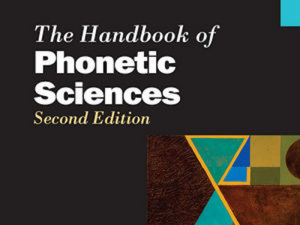
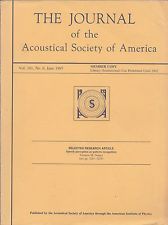
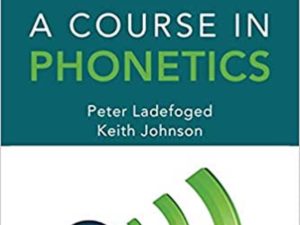

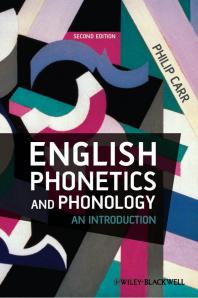
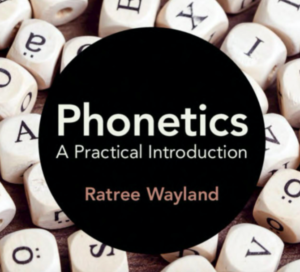
 This is the new version. Still under construction.
This is the new version. Still under construction.